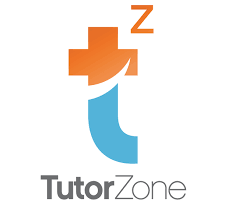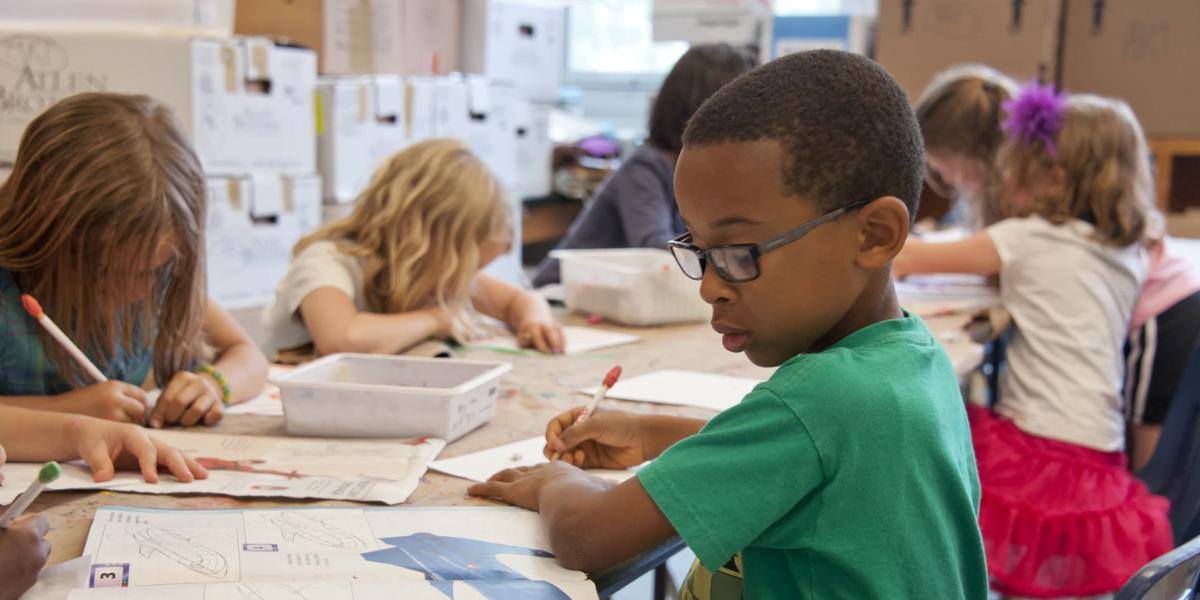Individuals with learning disabilities have a gap between their potential and actual achievement due to a difficulty in their learning process (LDA). Learning disabilities can affect an individual’s ability to understand or use written language, solve math problems, or direct attention where needed (NIH). In other words, individuals with learning disabilities simply learn things differently, causing them to struggle both inside and outside of class. Learning disabilities occur in young children, but unfortunately are not diagnosed until the child goes to school. There are even some individuals who go through life struggling, unaware that the cause of this struggle is their undiagnosed learning disability. Although learning disabilities are associated with school and education, the effect of this disorder can even impact an individual’s relationships outside of school.
With support from a student’s school and family a student can be successful, both academically and in life. Each child’s treatment plan is unique and is assessed based on an evaluation that determines a student’s individualized education plan (IEP). Another intervention plan that can be offered to students is a 504 plan. In comparison to an IEP, a 504 plan “covers students who do not meet the criteria for special education but still require accommodations” (ADDitude, 2021). A healthcare provider may also be incorporated into a child’s treatment plan if there is a cause for concern regarding the child’s behaviors and emotions. This could be in the form of counseling, or other intervention methods to promote the well-being of the child. Overall, if a child is struggling in school a parent should advocate for their child needs in order to receive these free services.
What is an IEP?
Students with learning disabilities are eligible for free special education services that provide an individualized education plan, also known as an IEP. An IEP is a legal document with a student’s personalized learning needs and goals that have been created for the school year (Bachrach, MD). It also details any special support and resources a student is eligible for. This can be creating a learning environment that is the least restrictive for the student, occupational therapy services, and services that help students learn in a general education environment. This includes opportunities for re-tests, extra time on tests and school work, and/or one-one-one support from teachers. In order for a student to get an IEP, they must have a learning disability and have been evaluated to need these special accommodations to learn in school. A learning disability alone does not qualify a student for an IEP, the disability must also significantly interfere with a student’s ability to learn (Linnell-Olsen, 2020).
Before receiving an IEP a student must be referred for evaluation by a parent, teacher, school psychologist, or school staff member. Most times a referral for evaluation does come from a school psychologist, but parents do have the right to ask for an evaluation if seen as necessary. If the evaluation and assessment determine that an IEP is needed for a student, an IEP meeting is conducted where it is discussed and decided what will go into the plan. An overview of what is discussed includes the student’s support services like “special education, speech therapy, counseling, transportation, etc., and how often these services will be provided” (Linnell-Olsen, 2020). An IEP should be reviewed annually as a student progresses through their K-12 education, allowing for services to be updated and modified based on if students meet their academic goals or not.
The tools used by an IEP team to create an effective personalized plan are known as accommodations and modifications. Accommodations allow students to, “have equal access to learning and an equal opportunity to show what they know, and that they can do” (Kessler, Esq. & Schneider, MS). The four categories of accommodations are, “variation in time, variation in instruction delivery, variation in how a student can respond to instruction, and variation in assignments a student is expected to complete” (Kessler, Esq. & Schneider, MS). Modifications, on the other hand are, “changes in what a student is expected to learn, based on their individual abilities” (Kessler, Esq. & Schneider, MS). Examples of modifications are different grading options, and alternative assignments.
The types of accommodations or modifications detailed in an IEP vary based on the student and services they require to succeed in school.The main goal of these accommodations or modifications is not to create a “special” education, it’s instead to give students the opportunity to benefit from general education. This is done by making it easier for students with learning disabilities to participate and learn in class, and in after-school activities (Morin, Understood.org)
Statistics
(Data from Learning Disabilities by the Numbers, by Understood.org)
Individuals with learning disabilities need the support and resources provided by their schools and families to succeed academically. Learning disabilities among students are common. 1 in 5 children in the United States have either a learning disability or learning difficulty. However, only about 1 in 16 public school students have an IEP, and about 1 of every 42 public school students have 504 plans. Overall, about 2.3 million public school students have either an IEP or a learning disability. Despite the large number of students being identified with having an IEP or learning problem, the support and resources necessary to intervene are not being provided/funded. Parents who identify that their children are having trouble learning in school should approach the school for an evaluation or services. Similarly, teachers who identify a student having difficulties learning in the classroom should let the parents and the school know.
The Rights of Students With Learning Disabilities
When considering the rights of students with learning disabilities, it is important to recognize that these rights are dependent on the type of school a child is enrolled in: public or private. Within a public school district, a student will be eligible to receive an IEP, and free special education services. However, “not all kids with disabilities in private schools will receive services” (Bachrach, MD, 2016). In private schools, however, there is the opportunity for students to learn in smaller classes, with more individualized attention. There are also specific private schools that specialize in serving students with specific learning disabilities. For example, there may be a private school that is designed to serve and support students with dyslexia (Tucker, Understood).
Also important, is that parents should know, “children with specific learning disabilites are elgible for special education services or accommodations under IDEA, and section 504 under the anti-discrimination law” (CDC). It is an individual’s right to receive services for a learning disability in order to ensure a high-quality education. Included in these rights is a parent’s ability to, “control what happens to their child during each step of the process” (Bachrach, MD, 2016). They have the right to be present at all meetings, and the right to disagree with any part of the plan. Parents should also be aware that specific timelines are created to ensure an IEP moves along to provide services as quickly as possible. The process for a student to receive an IEP is complex and at times frustrating, but it is a process needed to ensure that a student received the best and most effective learning experiences for their unique needs.
In addition to the information provided in this blog on learning disabilities, Tutor Zone will also be releasing a podcast. Please let us know if you have any specific questions, or if you would like additional resources to help support your students.
Sources
https://kidshealth.org/en/parents/iep.html
https://www.verywellfamily.com/when-to-ask-for-an-iep-2601418
https://ldaamerica.org/types-of-learning-disabilities/
https://www.ninds.nih.gov/Disorders/All-Disorders/Learning-Disabilities-Information-Page
https://www.cdc.gov/ncbddd/childdevelopment/learning-disorder.html
https://www.understood.org/articles/en/learning-disabilities-by-the-numbers


I was excited to discover this website. I want to to thank you for your time for this wonderful read!! I definitely liked every part of it and i also have you book-marked to look at new things on your website.
This is the right website for anyone who wants to understand this topic. You understand so much its almost hard to argue with you (not that I really would want toÖHaHa). You certainly put a brand new spin on a subject that has been discussed for many years. Wonderful stuff, just wonderful! This is the right website for anyone who wants to understand this topic. You understand so much its almost hard to argue with you (not that I really would want toÖHaHa). You certainly put a brand new spin on a subject that has been discussed for many years. Wonderful stuff, just wonderful! נערות ליווי בבת ים